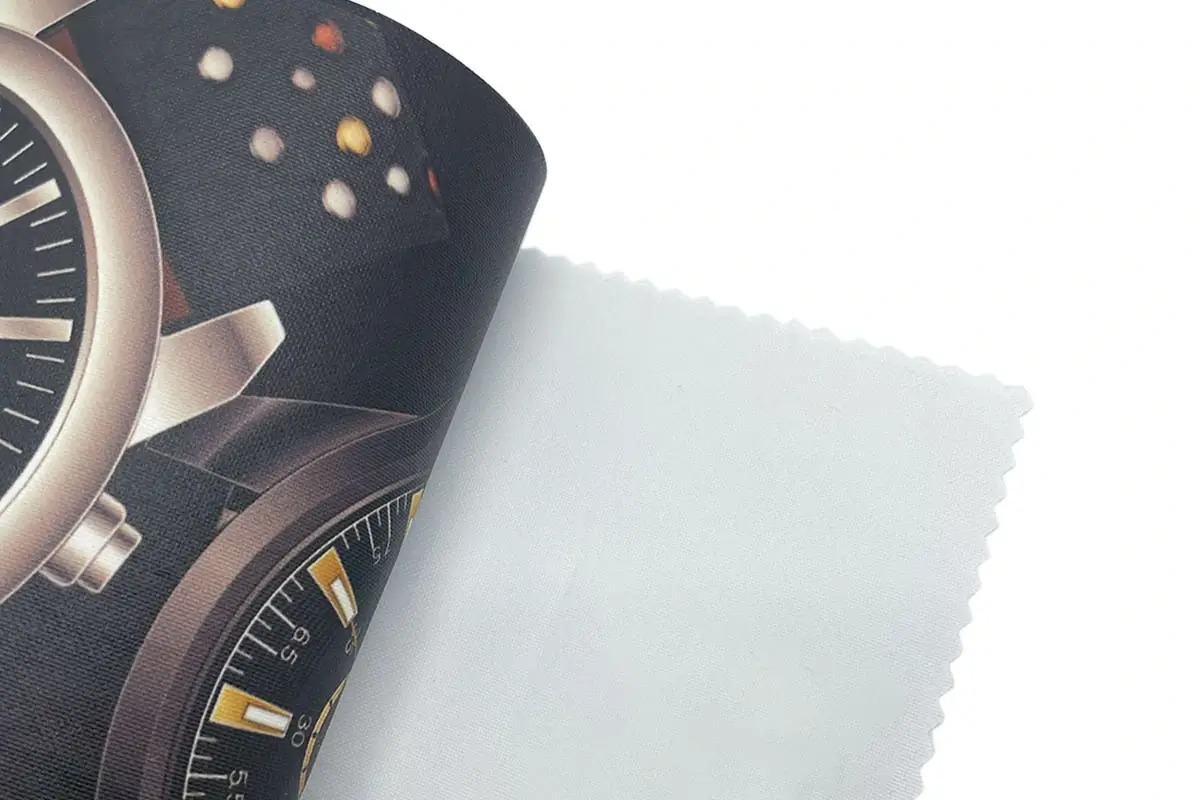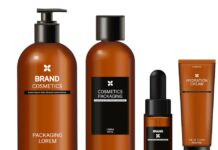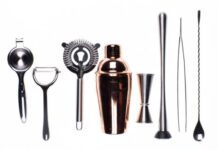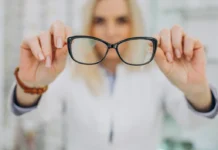Backlit fabric is a game-changer in the world of signage and branding. Whether it’s a vibrant retail lightbox, a professional trade fair setup, or a bold event backdrop, the right fabric makes your graphics radiate with brilliance.
But choosing the best option isn’t as simple as just picking the first fabric available. To achieve vibrant, professional, and long-lasting results, you need to consider three essential factors: safety, material quality, and print flexibility.
Safety
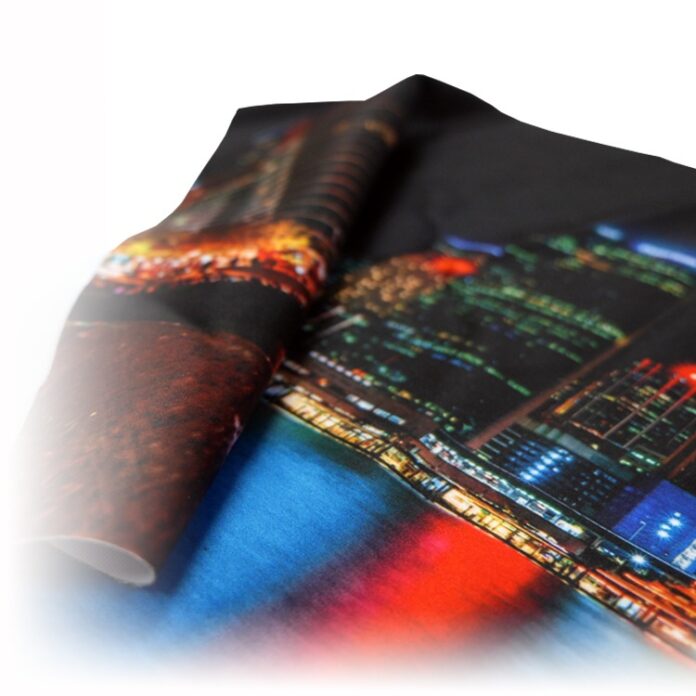
Safety is the foundation of any display, particularly when electricity, lighting, and public spaces are involved.
Backlit fabrics are often showcased in high-traffic environments, so selecting a textile that adheres to strict safety standards is non-negotiable.
Fire Retardancy: A Must-Have
One of the most critical requirements is fire retardancy. Fabrics should meet recognized certifications such as B1, M1, or equivalent fire safety ratings, which ensure the material is resistant to flames.
This isn’t just about compliance; it’s about protecting people in case of emergencies. Non-certified fabrics could put your brand and your audience at unnecessary risk.
Indoor Air Quality and Health
Some backlit textiles are coated with finishes to improve opacity or print performance. While these coatings are beneficial, they must also be safe.
Non-toxic, low-VOC (volatile organic compounds) coatings are preferable, especially in enclosed spaces like conference halls, airports, or retail outlets where ventilation may be limited.
Structural Stability and Secure Mounting
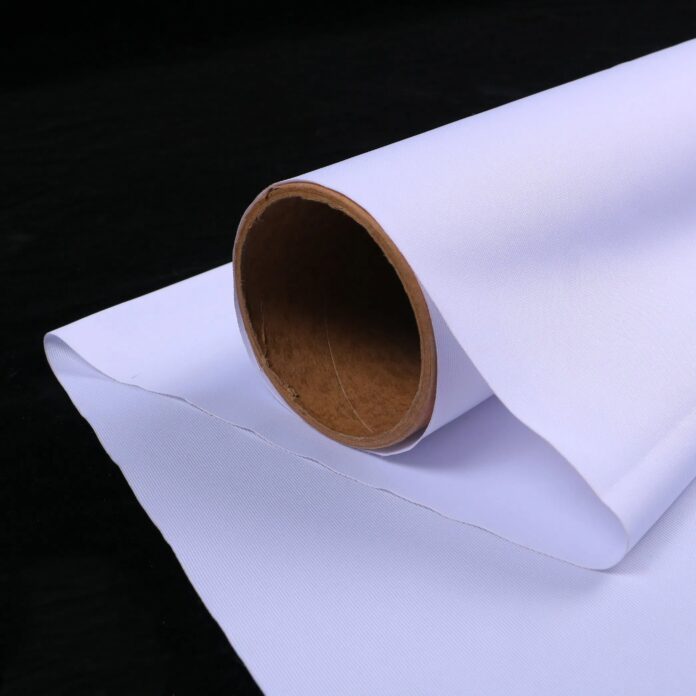
A stretched fabric under tension can pose a hazard if it rips or loosens unexpectedly. High-quality backlit fabrics are engineered with strong tensile strength, meaning they can be pulled tight across frames without risk of tearing.
For additional safety, many fabrics are designed with reinforced edges to withstand repeated installations.
When evaluating safety, ask suppliers for certifications, technical data sheets, and installation recommendations. It’s not just about ticking boxes; it’s about peace of mind for you and your audience.
Material Quality
If safety is the foundation, material quality is the backbone of a successful backlit display. The durability and performance of the fabric directly impact the life span of your signage and how well it projects your message.
Even and Consistent Light Diffusion
Backlit signage only works when light spreads evenly across the surface. Poor-quality textiles can create “hot spots” where LEDs or bulbs shine through more brightly, leaving parts of your graphic washed out. A premium fabric ensures smooth diffusion, making every inch of your design equally illuminated and visually appealing.
Durability in Demanding Environments
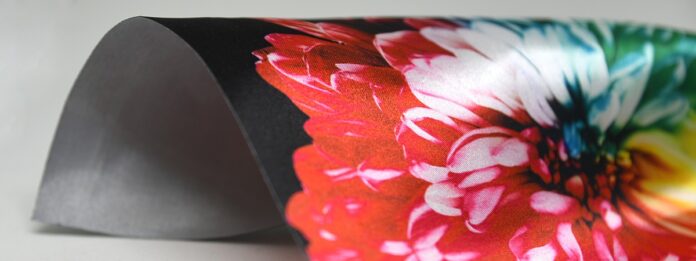
Backlit displays aren’t always static; they’re often transported to trade shows, rolled up for storage, or reused in different campaigns.
Low-quality fabrics may crease, stretch, or degrade over time. A robust textile will hold up to multiple uses, resist tearing, and maintain its shape after repeated installations.
Easy Handling and Maintenance
Lightweight fabrics not only make setup and takedown easier but also reduce shipping and storage costs.
Some textiles are also wrinkle-resistant, so they can be folded or rolled without leaving unsightly lines.
Fabrics that can be cleaned without damaging the print add extra longevity, especially in busy retail or hospitality environments where dust and dirt are inevitable.
Sustainable Choices
Material quality today also extends to sustainability. Many businesses are now seeking recyclable or partially recycled backlit fabrics to align with eco-conscious values.
Choosing a sustainable option ensures that you’re not only investing in quality but also supporting greener business practices.
Print Flexibility
The final piece of the puzzle is print flexibility. The true magic of backlit fabric lies in its ability to make colors glow, details pop, and graphics captivate audiences.
To achieve this, the fabric must work seamlessly with modern printing technologies.
Bold Color Reproduction
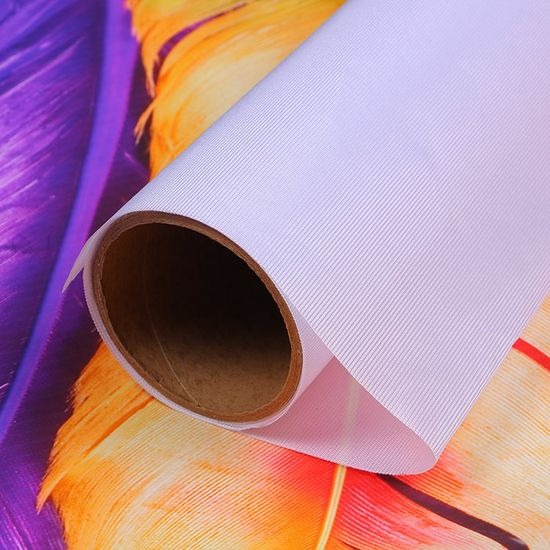
The best backlit fabrics are designed to absorb inks evenly, resulting in saturated colors that maintain their vibrancy under illumination.
Reds should look fiery, blues should be deep, and gradients should transition smoothly. A subpar textile may cause dull colors or patchy finishes that undermine your design.
Crisp Detail and Clarity
Whether it’s tiny text, intricate logos, or high-resolution images, clarity matters. Fabrics with smooth, tightly woven surfaces are better at reproducing fine details without blurring. This is especially important for corporate branding where precision is everything.
Compatibility with Different Print Methods
Not every project uses the same print process. Some fabrics are designed for UV printing, while others excel with dye-sublimation.
A versatile textile can accommodate multiple methods, giving businesses more freedom in how they produce their displays. For agencies and event organizers managing varied projects, this flexibility is a significant advantage.
Versatility Across Applications
Backlit fabrics aren’t just for retail signage. They’re also used for exhibition stands, stage graphics, and architectural features.
Choosing a fabric that adapts to different display systems and environments will ensure you get maximum return on investment.
For businesses looking for a reliable solution, fabric backlit displays from Soyang are engineered to provide superior print results, durability, and safety compliance, making them a trusted choice for professional projects.
Illuminating the Right Choice
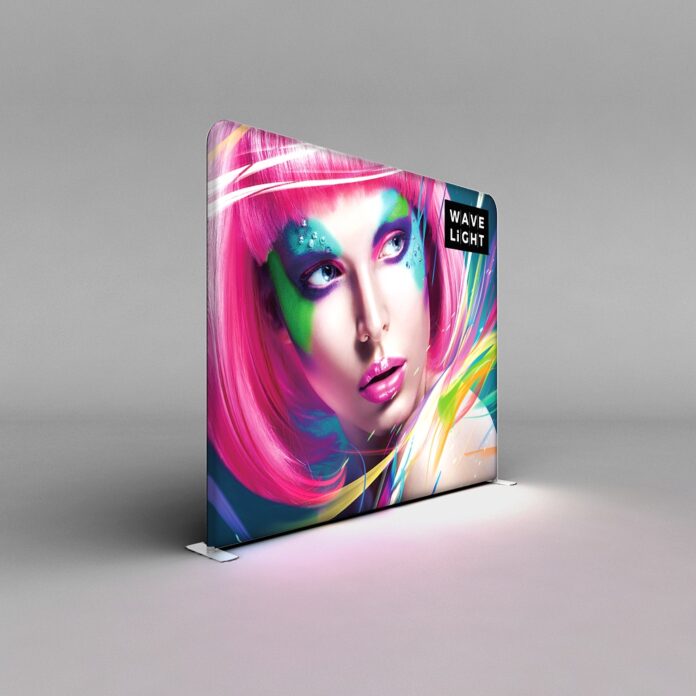
Backlit fabric has the power to transform ordinary signage into extraordinary brand experiences. The soft, glowing finish of a well-lit textile display draws the eye in ways traditional banners or posters simply can’t match.
But the real difference between a display that looks stunning on day one and one that continues to impress over time comes down to the decision you make before purchase: choosing the right fabric.
Matching Fabric to Purpose
The right choice of backlit fabric is also about context. For instance:
- Retail displays benefit from fabrics with a soft finish and excellent color vibrancy to make products irresistible.
- Trade shows demand durable, wrinkle-resistant textiles that can withstand frequent setup and takedown.
- Permanent installations require materials with strong UV and wear resistance to maintain brilliance over time.
By aligning the characteristics of the fabric with the environment it will be used in, you avoid overpaying for features you don’t need while ensuring that you don’t compromise on what truly matters.
The Bigger Picture: Protecting Your Brand Image
Ultimately, your choice of backlit fabric influences more than just a single display. It reflects the professionalism, foresight, and attention to detail of your brand.
Customers and clients may not consciously recognize the fabric itself, but they’ll remember whether your display looked crisp, safe, and impactful, or dull, uneven, and poorly maintained.
Making the right choice helps your brand stand tall and shine bright, no matter the occasion.

